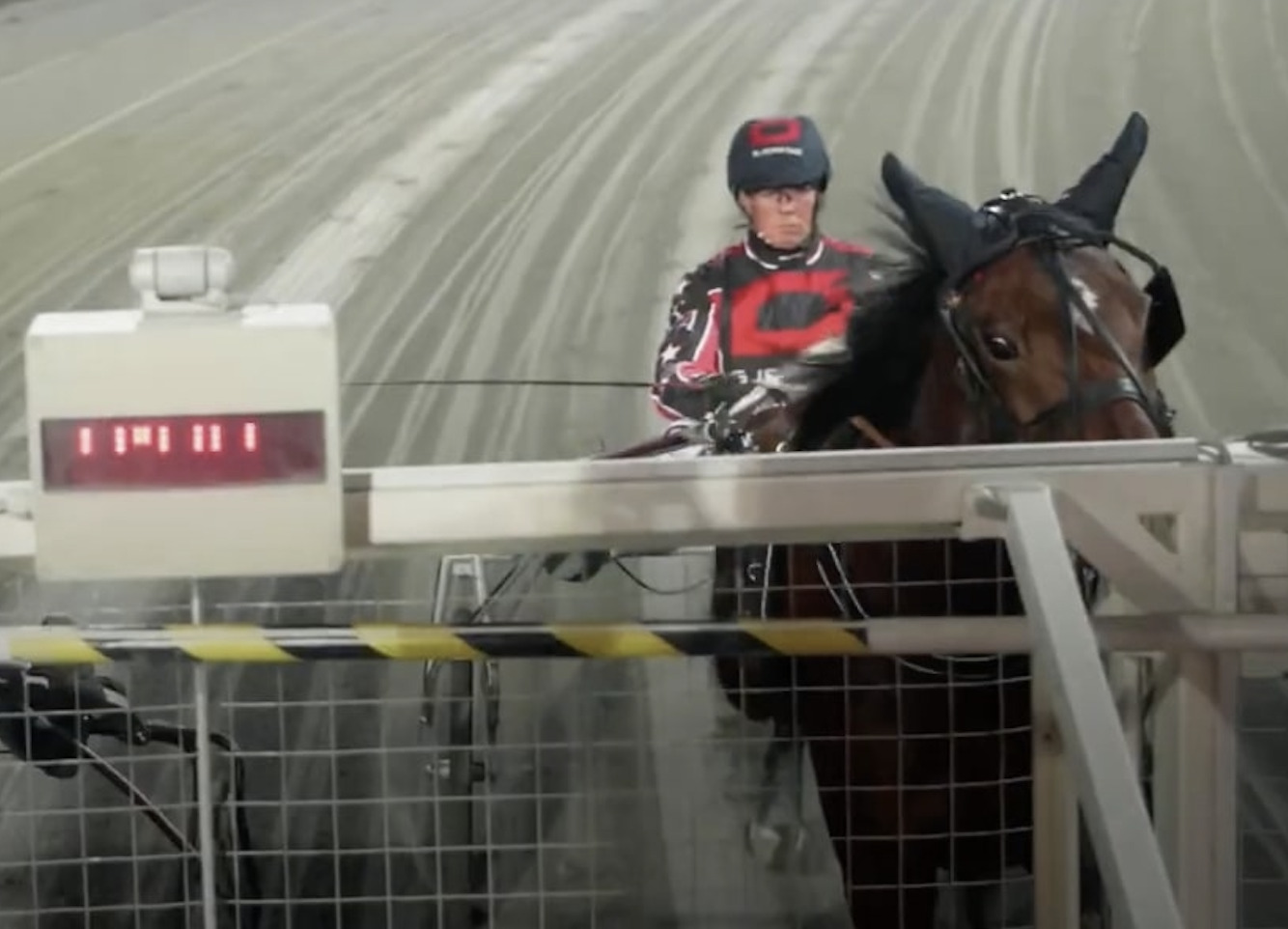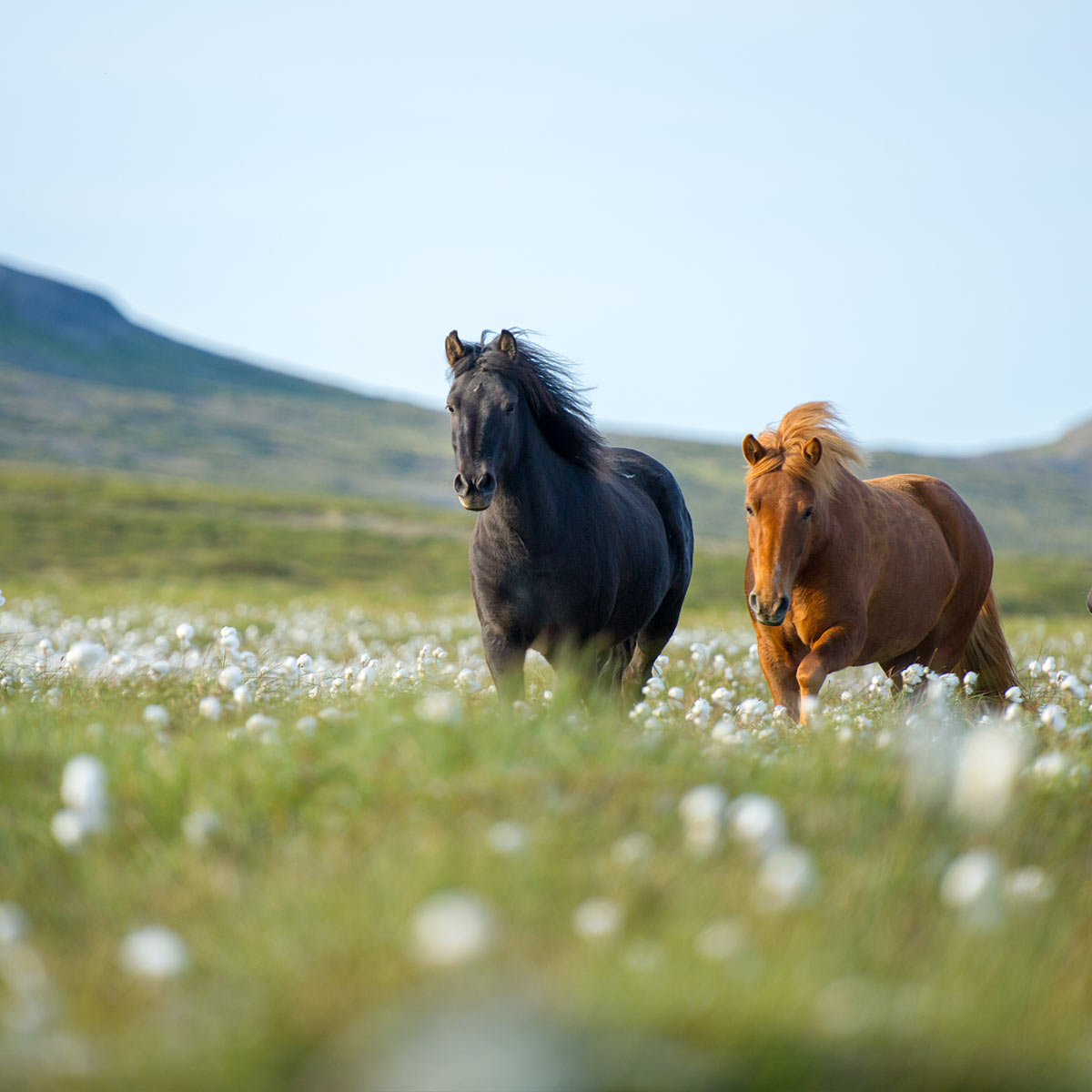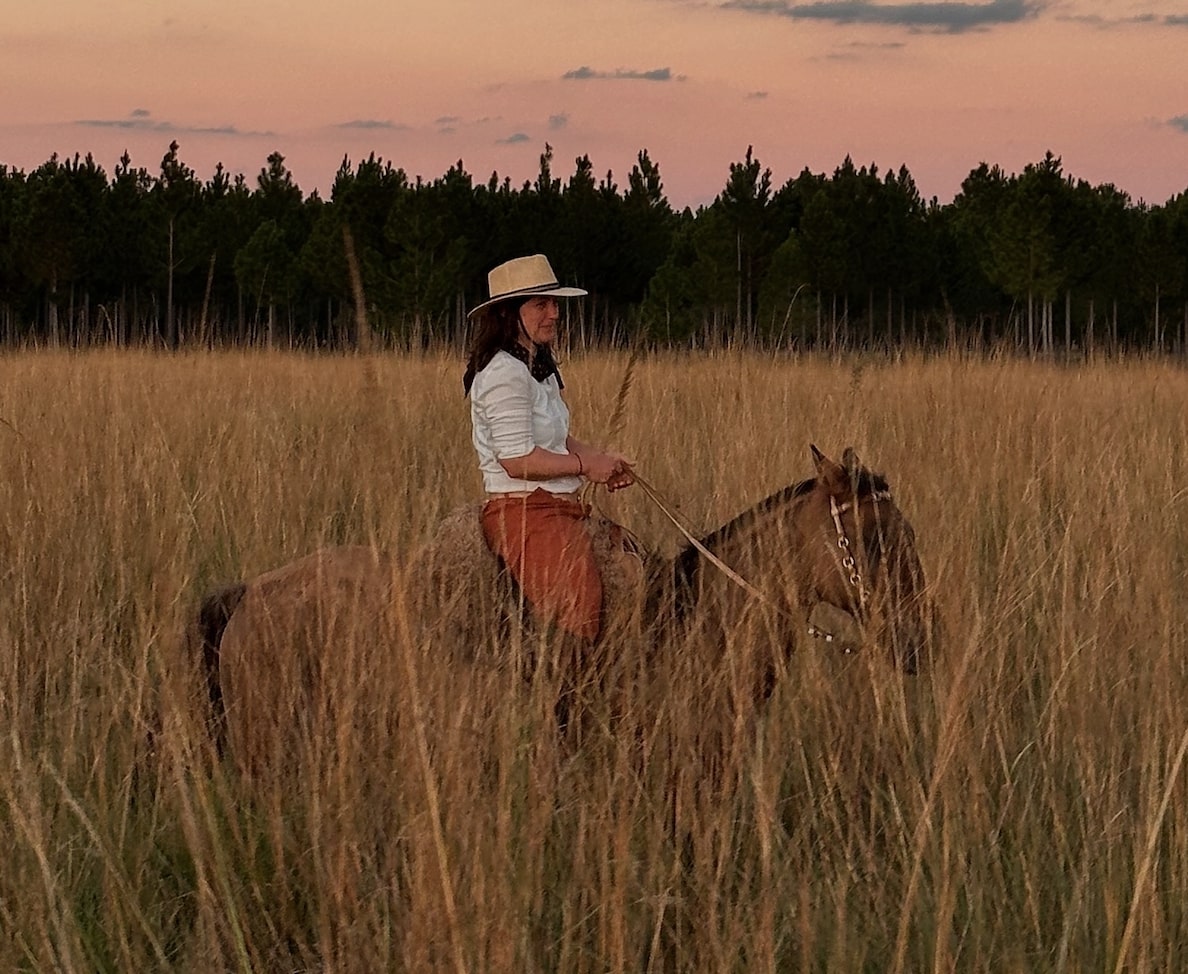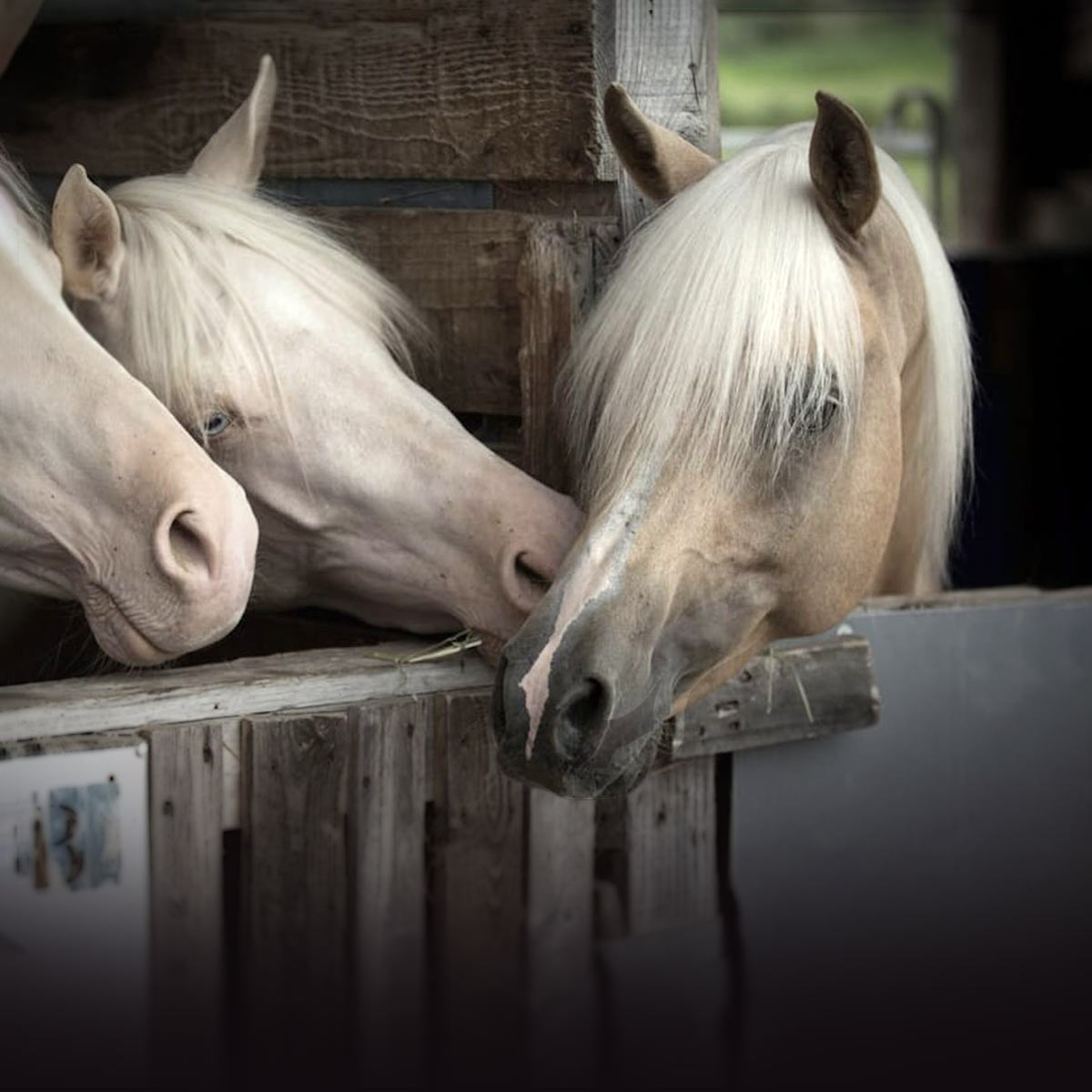If even the Blick magazine raves about the Icelandic horses as "cuddly top athletes," then the PR for this breed has clearly worked. They were on show for a week in Birmenstorf in the canton of Aargau. Horse-rider pairs from 19 nations competed against each other in various competitions. Even Australia, which is located at the other end of the world, sent a team. Their spectacular performances euphorised both connoisseurs and less knowledgable spectators.
Many come to Iceland because of the horses
The Icelandic horse is a major export and a major tourist attraction. According to the Icelandic horse portal Hestafrettir, the number of people who travel to Iceland because of the horses has almost quintupled since the beginning of the 2000s. They now make up around 10 percent of all visitors. Many people simply want to see the horses in their natural environment, with their thick manes and their spectacular movements. Others come to ride them. Whether it's to learn and practise this special riding style or to go horseback trekking through the breathtaking landscape.
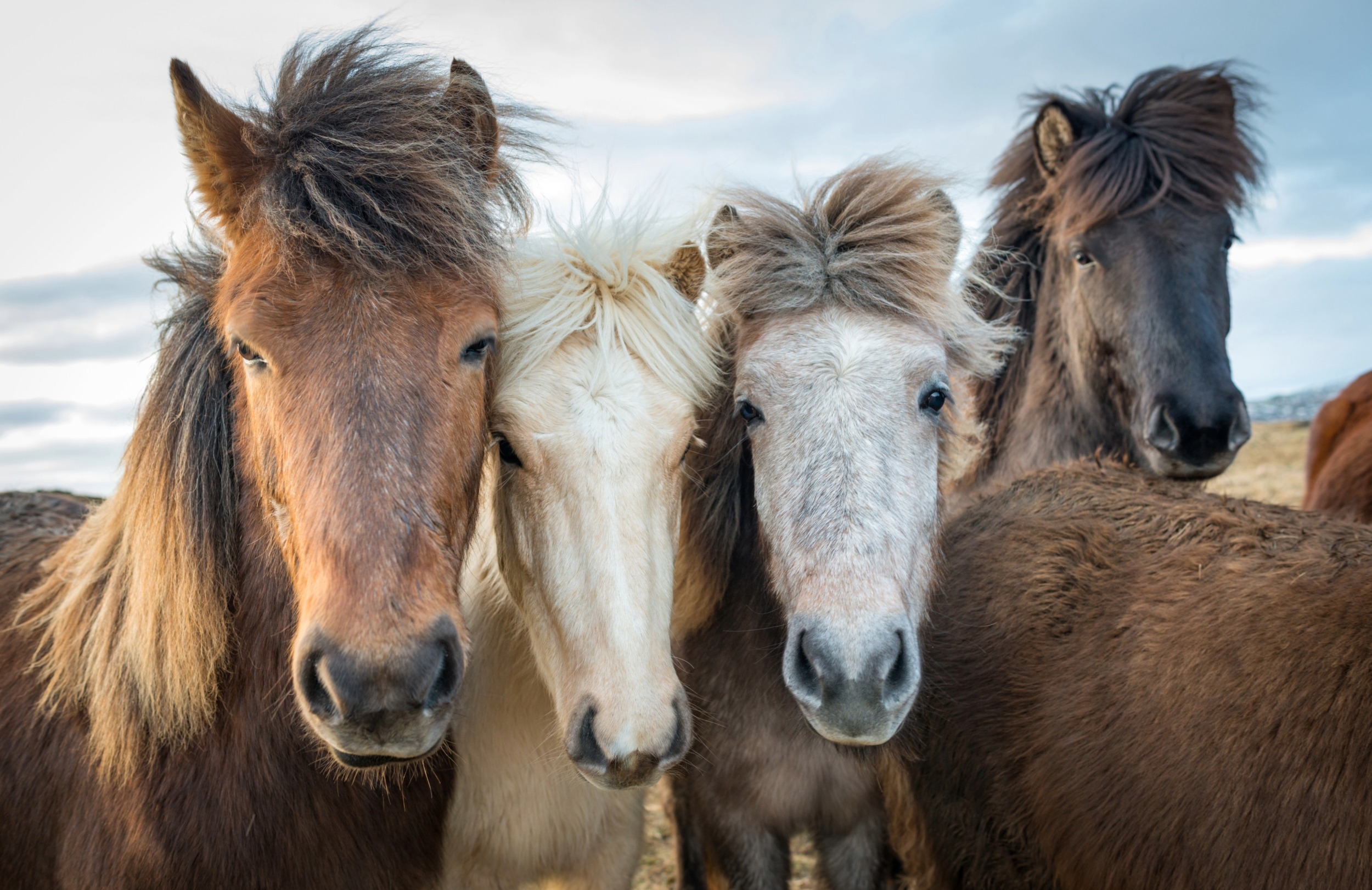
The horses, which are 135 to 145 centimetres tall and will under no circumstances be called ponies, are suitable for all levels of riding. Their balanced character and the characteristic tölt, which is easy to sit, make them ideal for beginners. This means that even small rides are possible even for those with little riding experience. Advanced riders will love the Rennpass or Speedpass. Only Icelandic horses - and not all of them - perform this gait, in which the respective pairs of legs on the same side move forward. Over short, straight distances, they can reach speeds of up to 50 km/h. With this mix, the breed is recommended for rider-non-rider travel configurations.
Just want to cuddle?
The Skeiðvellir Icelandic horse farm in the south-west of the island has been welcoming guests, both riders and non-riders, for generations. The two idyllic holiday cottages with a view of the legendary Hekla volcano are particularly popular with self-catering guests. On the family farm, 100 Icelandic horses are waiting to be ridden or simply admired, groomed and stroked, to meet all riding requirements. An oval track and a riding hall are available for getting to know the unique gaits of the Icelandic horses or for trying out riding for the first time. Small groups go on guided tours through the spectacular landscape.
Spectacular southwest of Iceland
Southern Iceland is the most accessible region due to its relative proximity to the capital Reykjavik (130 km) and impresses with its black beaches, waterfalls, glaciers and volcanoes. The most famous of these is the Eyjafjallajökull. Its eruption in 2010 led to the emission of enormous ash clouds, which paralysed air traffic throughout Europe for days.
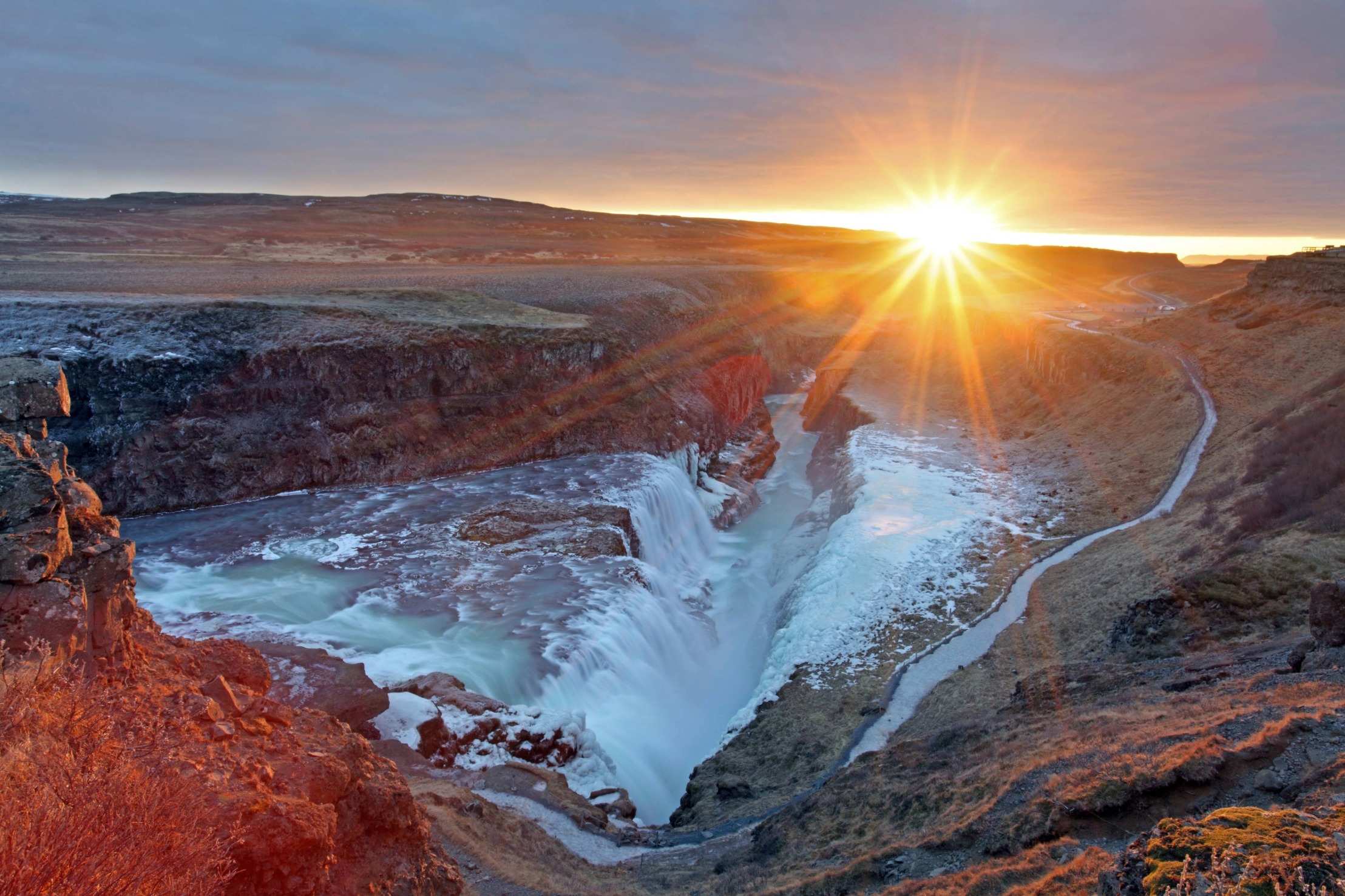
The Golden Circle, the most popular route in the south-west of the country, is the most direct way to see the greatest sights. Along it, the Gullfoss waterfall, the Geysir geothermal region and the Thingvellir National Park are all located. It is the only place in the world where the separation of the two continents of America and Europe is visible. The black lava sand beaches near Vik are another reason to visit Iceland. As well as the horses, of course.
.jpg)
Let's go out
If you can't get excited about the adventure of horseback riding, but are still looking for action, you'll find many other outdoor activities in this area. Jeep tours through the rocky volcanic landscape are popular, as are volcanic excursions, of course. Those looking for peace and quiet can go fishing or relax in a natural pool - Iceland's answer to all kinds of muscle soreness.







.jpg)


